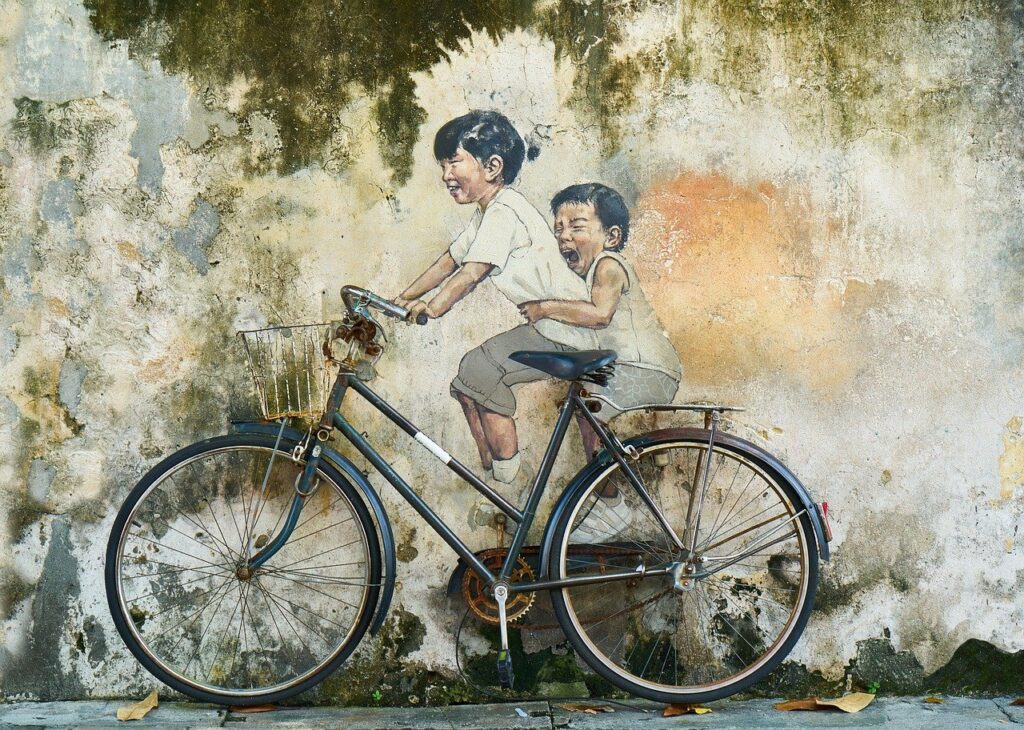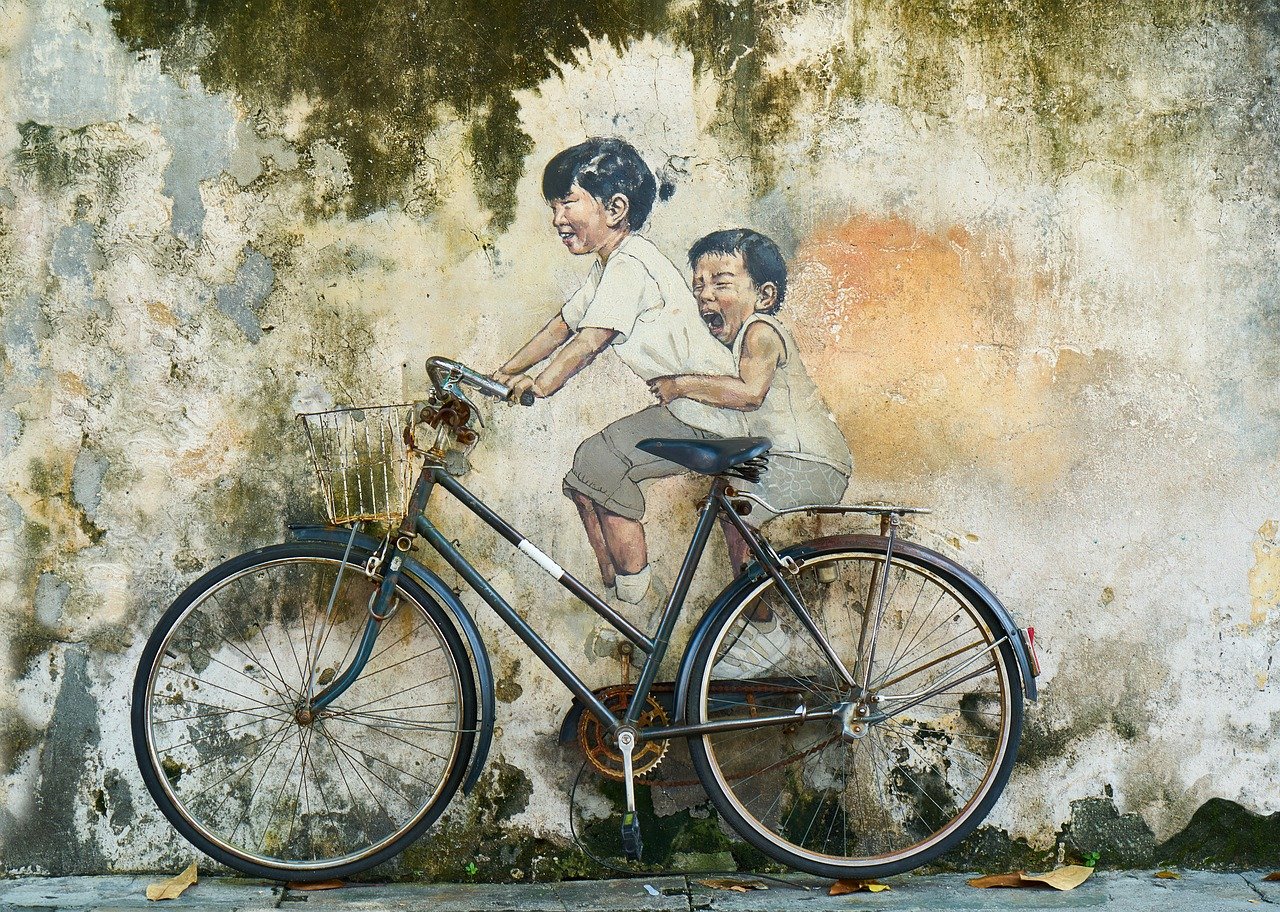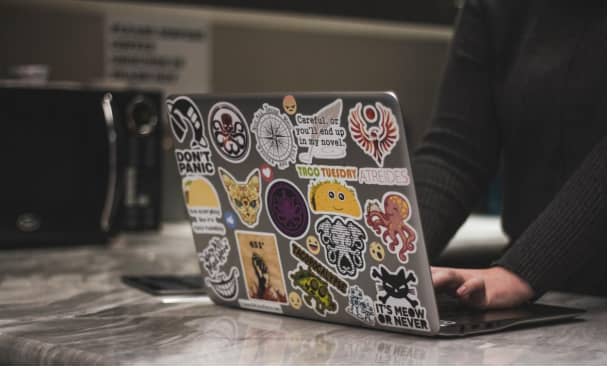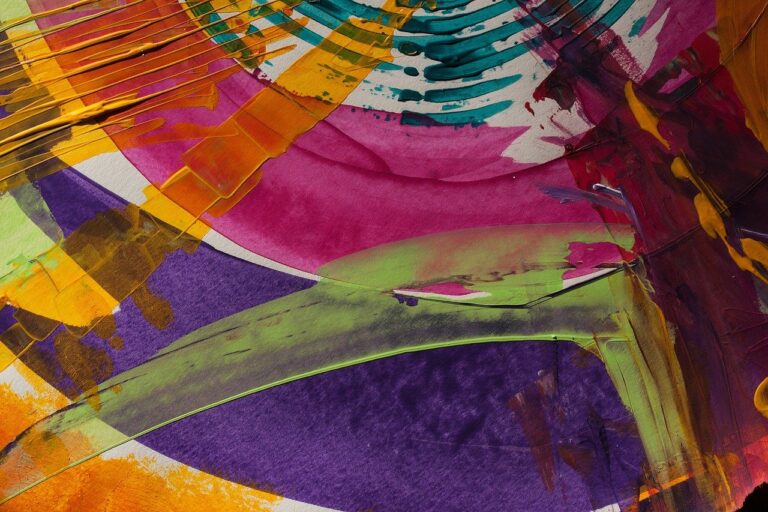
The Importance of an Art Cohort: IADEA Conference 2019
“It’s so refreshing to be called an ‘art educator’! I’m really happy that this term has been coined and is being used,” says Gurugram based art teacher Kavita Bansal.
Kavita is attending a two-day event held in Delhi which saw the confluence of teachers, trainers, educationists and non-profits working in the art and design domain to learn, share and find engaging ways to collaborate. This is only the second annual conference. The first, held in Mumbai last year saw 100 participants, which this year rose to 150. Sara Vetteth, founder director of RainbowFish Studios was inspired to put together such an event in India after attending a similar conference in Boston which had 5000 attendees. She and her team had already long been promoting art Integrated Learning, but the time was ripe to expand its scope.
Sharmila Chaudhuri, from Mumbai based Lighthouse that teaches art to young children, has chosen to attend the IADEA Conference because she felt it honored and endorsed the
importance of art, thus far looked at as an optional subject that one may or may not choose to pursue. Applauding the concept that ‘art teaches life skills’ and key concepts such as overcoming fear of failure and judgement, risk taking, design thinking and patience are easily learned through art, Sharmila is delighted with the experiential workshops.
Priyanka Basu, who also runs an independent art centre in Noida, is at the conference to learn more strategies on how to partner with children and do collaborative work. “There is so much I feel I learn from children because their ideas are so fresh and without distortions.”
Dr. Nigel Meager, artist, teacher, curriculum designer associated with Kings College Cambridge, demonstrates how a collaborative artwork of his emerged with a critical story inputs from a five-year-old. The story developed by the 5-year-old had aspects of physics, robotics, chemistry, communication design, language, fantasy, science-fiction and empathy and expanded Dr Meager’s canvas in a whole new way that would’ve normally been impossible for the adult mind.
Usha Venkataraman, Founder of the Mumbai Storytellers Society, has been working with puppets as a non-didactic tool to tell stories for over 24 years. She trains teachers and educators on how to use puppets to create an interest in science giving the narrative a texture through interesting stories and characters. Apart from concepts in physics, chemistry, and biology, her latest forte is teaching young children cyber safety through puppetry and the concept of ‘Playing detective in the chatroom’
Mansa Pande, an independent art educator based in Pune, has been working with various schools across the country to promote ‘inquiry-based learning’ using visits to museums as key facilitators for discussions on many subjects. “Museums are such a greatly underutilized resource because teachers fail to connect the objects in the museum to the present-day the context for children and lose out on the opportunity to engage with them at a whole different level,” she says.
Manisha Lal, art educator, Shiv Nadar School Gurugram, gives the participants a surrealist experience exploring the artistic devices used by surrealists and demonstrating how art can be used as a literary tool.
With much to learn, share and collaborate, Pragati, a teacher from the Somaiya School, Mumbai, is attending the conference for the second time and feels it has all the elements of a ‘future ready education’ where the emphasis is more on images than words.
As Sayali from the Piramal Museum, Mumbai puts it, “Art education is picking up in India and finding many more stake holders. The atmosphere has evolved a lot over the past 10 years. This is the future.”




